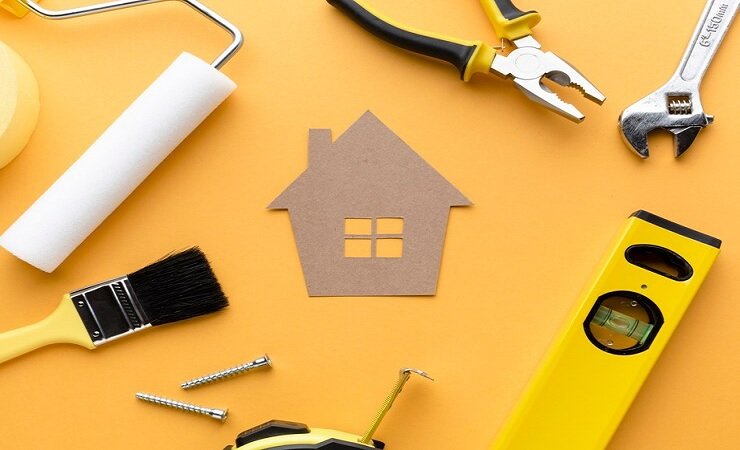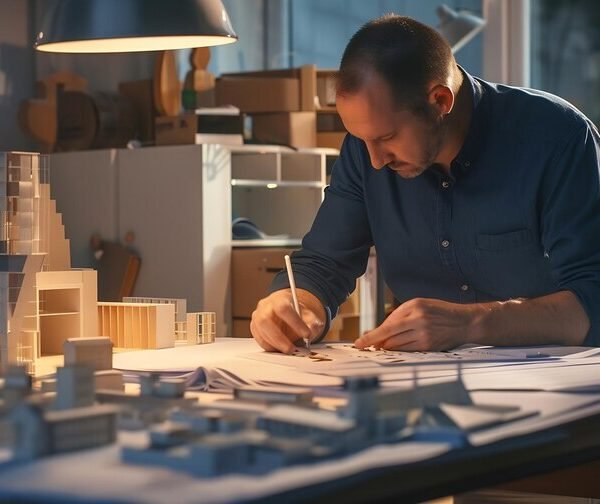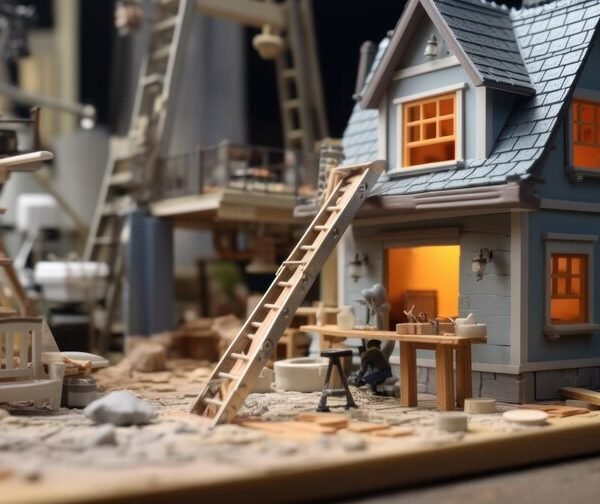DIY Home Improvement Disadvantages: What Are They?
In an era where Pinterest boards and home renovation shows dominate our screens, the allure of tackling DIY home improvement projects has never been stronger. From kitchen remodels to bathroom overhauls, homeowners are embracing the thrill of transforming their living spaces with their own two hands. But before you grab that toolbox and start swinging that sledgehammer, it’s crucial to weigh the potential downsides of going the DIY route.
This article will explore the top disadvantages of DIY home improvement projects, highlighting the potential risks and drawbacks to consider before embarking on a project.
Key Takeaways:
- Embarking on DIY home improvement projects can pose significant safety risks, including injuries from power tools, electrical hazards, chemical exposure, and falls.
- The quality of work can suffer due to inadequate materials, poor workmanship, lack of attention to detail, and inadequate testing and inspection.
- DIY projects often require more time and effort than anticipated, leading to scheduling conflicts, physical exhaustion, mental fatigue, and lack of expertise.
- The costs associated with DIY home improvements, including materials, labor, equipment, and potential for costly mistakes, can quickly add up.
- Weighing the pros and cons of DIY versus hiring professionals is essential for ensuring a successful and stress-free home renovation experience.
Safety Risks
Ah, the allure of power tools and the satisfaction of tackling a home project all by yourself! But hold on, let’s not get too carried away. DIY home improvement projects can pose significant safety risks that shouldn’t be taken lightly.
- Injuries from power tools and equipment: Let’s be real, those power saws and drills can be pretty intimidating if you’re not properly trained. One wrong move, and you could end up with a trip to the emergency room instead of that beautiful open-concept kitchen you’ve been dreaming about.
- Electrical hazards: Messing with electricity can be a real shocker – literally. If you’re not careful, you could find yourself on the receiving end of a nasty zap or, worse, a fire hazard that could put your entire home at risk.
- Chemical exposure: From paint fumes to toxic solvents, many home improvement materials can be hazardous if not handled properly. Do you really want to risk breathing in those nasty fumes just to save a few bucks?
- Falls and other accidents: Ladders, scaffolding, and even loose nails can be a recipe for disaster if you’re not paying attention. One wrong step, and you could find yourself taking an unexpected trip to the ER – and not the fun kind.
Now, we’re not trying to scare you off completely, but it’s essential to prioritize safety. Proper training, protective gear, and following all safety guidelines and regulations are crucial if you’re going to tackle those DIY projects successfully (and in one piece!).
Quality of Work
Alright, so you’ve got the safety part down, but what about the quality of the finished product? Let’s be honest, not all DIY projects turn out as Pinterest-perfect as we’d like to think.
- Inadequate materials and supplies: Sure, buying the cheapest materials might save you a few bucks upfront, but those bargain-bin supplies could end up costing you big time in the long run. Low-quality materials can lead to shoddy workmanship and a finished product that’s far from your dream renovation.
- Poor workmanship: Even with the best intentions, a lack of experience and expertise can result in subpar workmanship. From crooked tiles to uneven paint jobs, those little DIY mishaps can quickly add up to a big ol’ mess.
- Lack of attention to detail: When you’re knee-deep in a project, it’s easy to overlook those small but crucial details that can make or break the final result. Who knew something as simple as measuring twice could make such a difference?
- Inadequate testing and inspection: Skipping those pesky inspections and tests might seem like a time-saver, but it could also lead to costly issues down the line. Trust us; you don’t want to discover that your new deck isn’t up to code after the first rainstorm.
Look, we’re not saying you can’t achieve a great result with a DIY project, but it’s essential to be realistic about your skills and limitations. Sometimes, it’s worth hiring professionals to ensure that the job is done right the first time.
Time and Effort
Ah, the age-old tale of the DIY project that was supposed to be a “quick weekend job” but somehow stretched into months of frustration and exhaustion. We’ve all been there, haven’t we?
- Scheduling conflicts: Between work, family, and social commitments, finding the time to dedicate to a DIY project can be a real juggling act. Before you know it, that bathroom reno you started last summer is still sitting half-finished as winter rolls around.
- Physical exhaustion: Let’s be real, home improvement projects can be downright physically demanding. From hauling heavy materials to endless hours of manual labor, it’s easy to underestimate just how much energy those DIY tasks can zap from you.
- Mental fatigue: Don’t forget about the mental toll of tackling a complex project. From navigating instructions to problem-solving on the fly, DIY home improvements can leave your brain feeling as exhausted as your body.
- Lack of expertise and knowledge: Even the most enthusiastic DIYer can’t know everything. When you hit a roadblock or run into an issue you’re unfamiliar with, it can bring your project to a screeching halt while you scramble to find solutions.
Now, we’re not saying that DIY projects aren’t worth the effort. In fact, the sense of accomplishment you’ll feel when you finally complete that beautiful kitchen backsplash might just make all the blood, sweat, and tears worth it. But it’s crucial to be realistic about the time and effort required and to have a solid plan in place for managing those inevitable hiccups along the way.
Costs
Ah, the age-old question: “How much is this DIY project really going to cost me?” While tackling home improvements yourself can seem like a cost-saving measure, the reality is that those expenses can quickly add up if you’re not careful.
- Material and supply costs: Sure, you might be able to snag a few deals on materials, but don’t underestimate the overall cost of supplies for a major project. From lumber and drywall to fixtures and finishes, those little expenses can start to feel like a big financial burden.
- Labor costs: Even if you’re doing the work yourself, you might need to hire help for certain tasks or to meet specific codes and regulations. Those labor costs can put a serious dent in your DIY budget if you’re not prepared.
- Equipment and tool costs: Unless you’re a well-equipped handyman (or handywoman), you’ll likely need to invest in specialized tools and equipment for your project. And let’s be honest, those fancy power tools don’t come cheap.
- Potential for costly mistakes and repairs: One of the biggest financial risks of DIY home improvements is the potential for costly mistakes and repairs. Whether it’s a plumbing mishap or a structural issue, those errors can quickly turn your budget-friendly project into a financial nightmare.
Now, we’re not trying to scare you off completely. With careful planning and budgeting, it is possible to tackle DIY projects in a cost-effective manner. But it’s crucial to be realistic about the potential expenses and to have a contingency fund set aside for those inevitable surprises that crop up along the way.
Conclusion
As you can see, there are plenty of potential pitfalls to consider when it comes to DIY home improvement projects. From safety risks and quality concerns to time constraints and financial burdens, tackling a renovation yourself can be a double-edged sword.
But fear not, intrepid DIYers! With proper planning, education, and a healthy dose of realism, it is possible to navigate the world of home improvements successfully. The key is to weigh the pros and cons carefully, be honest about your skills and limitations, and never hesitate to call in professional help when needed.
At the end of the day, the decision to go the DIY route or hire a contractor comes down to your specific project, budget, and comfort level. But one thing is certain: whether you choose to wield that power drill yourself or leave it to the experts, the journey to your dream home is sure to be an adventure.











